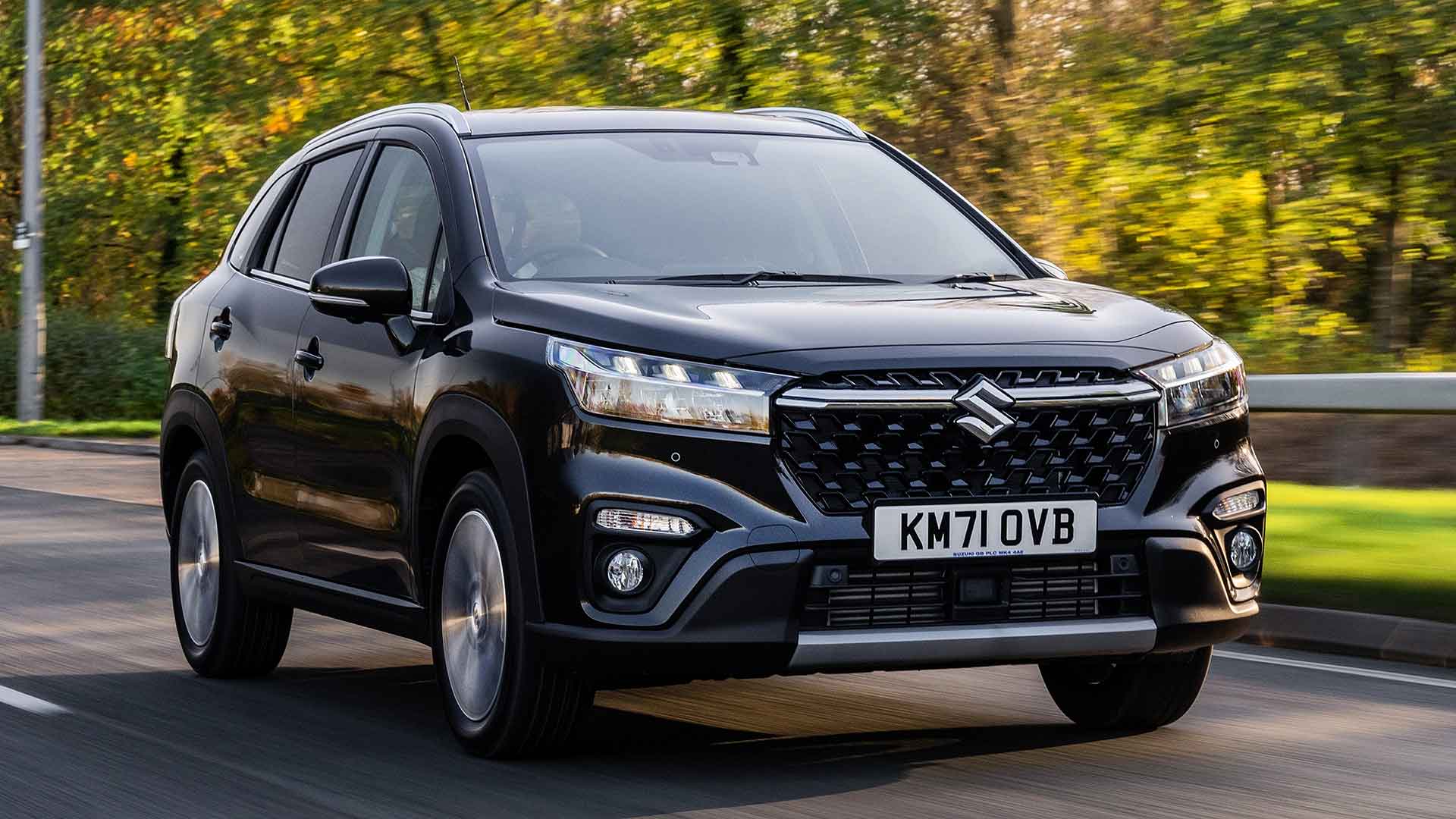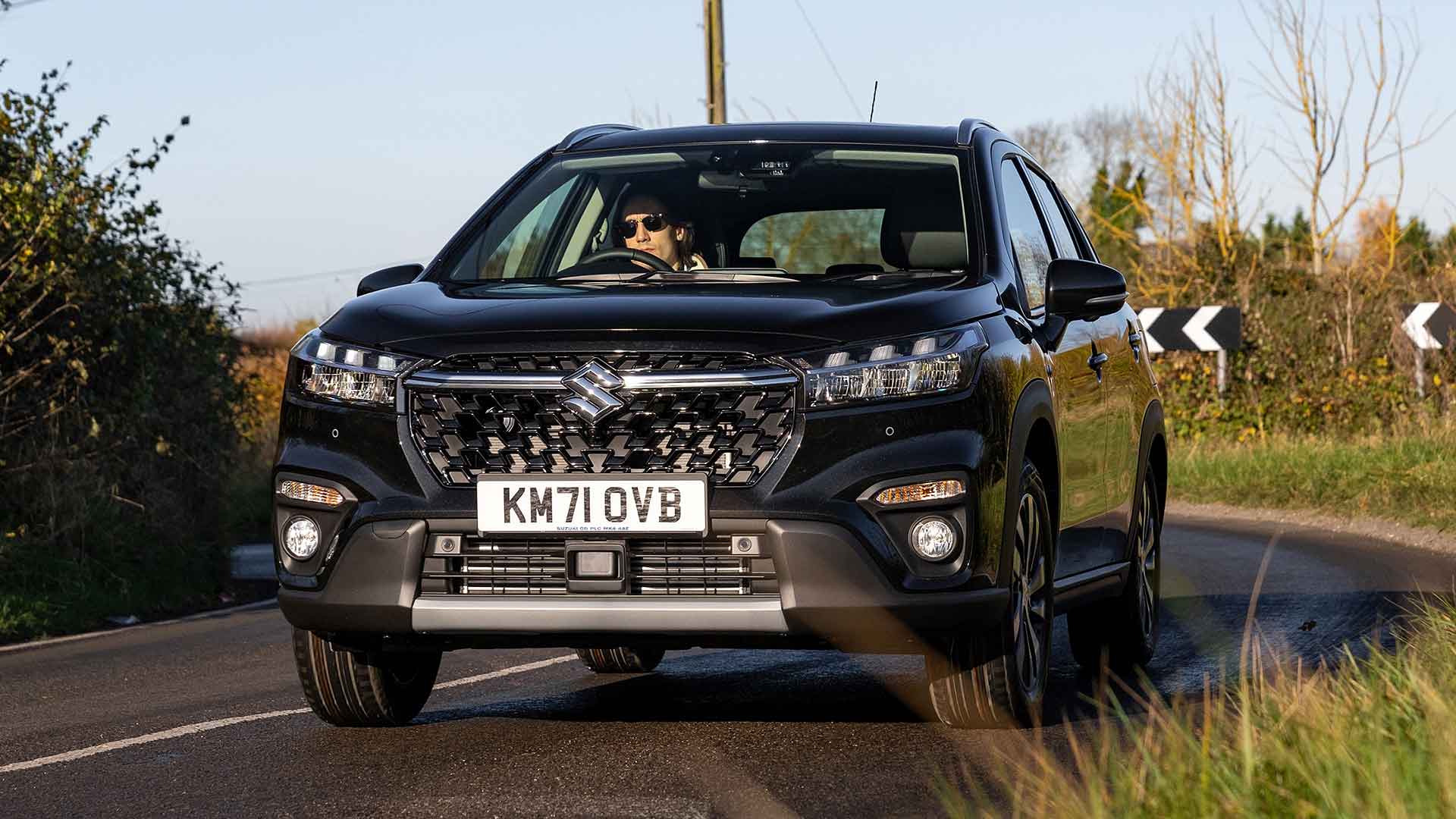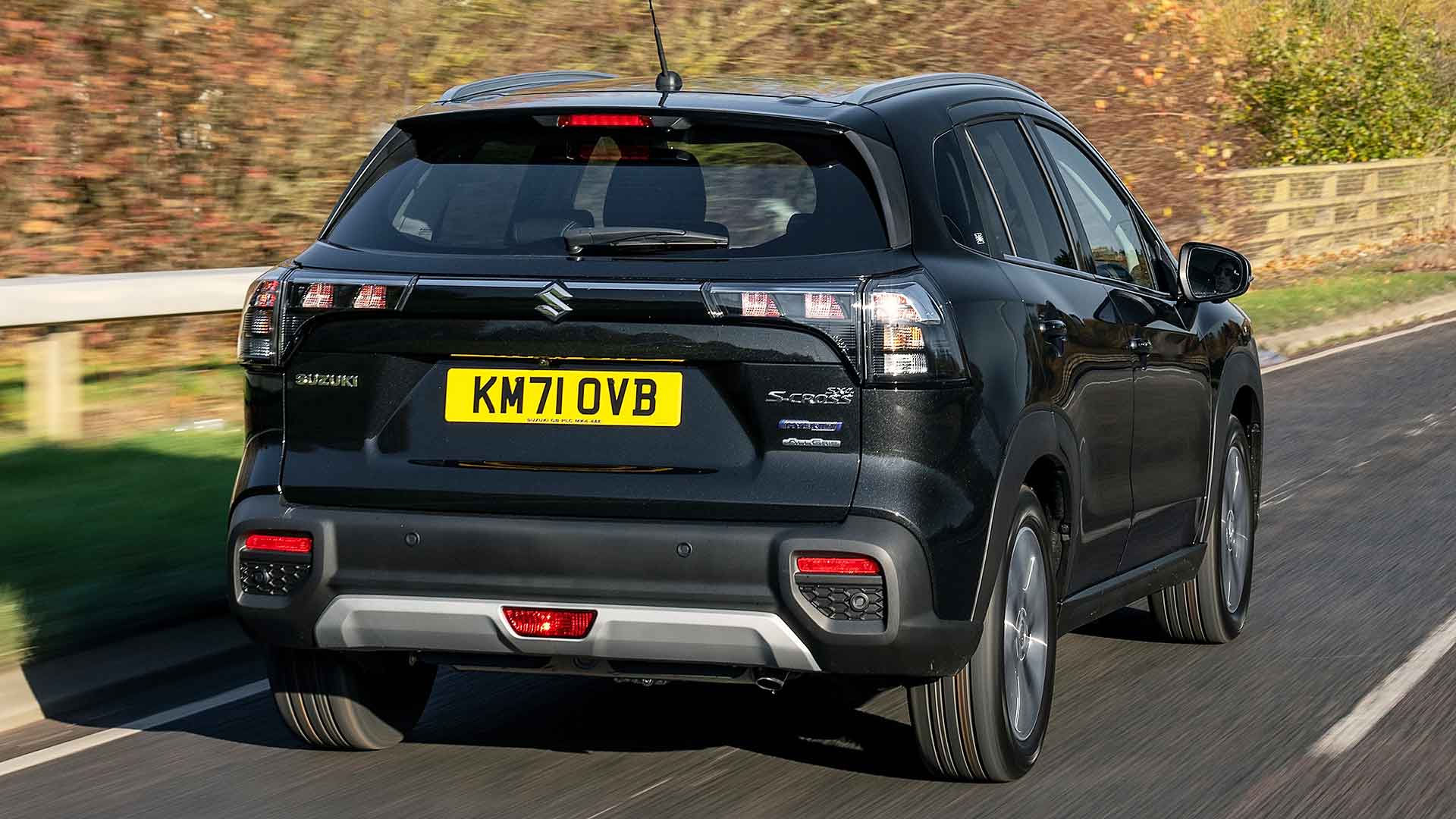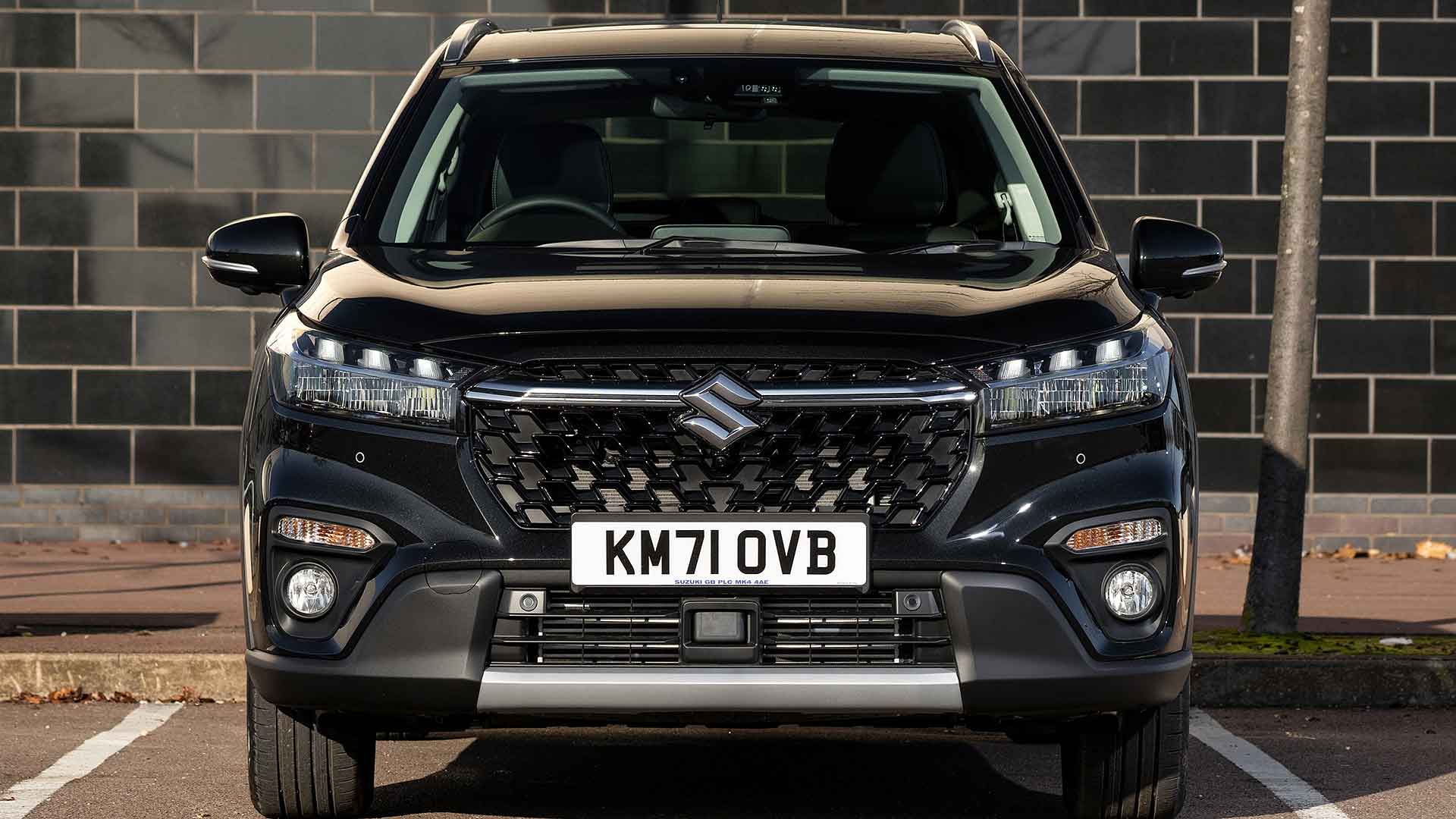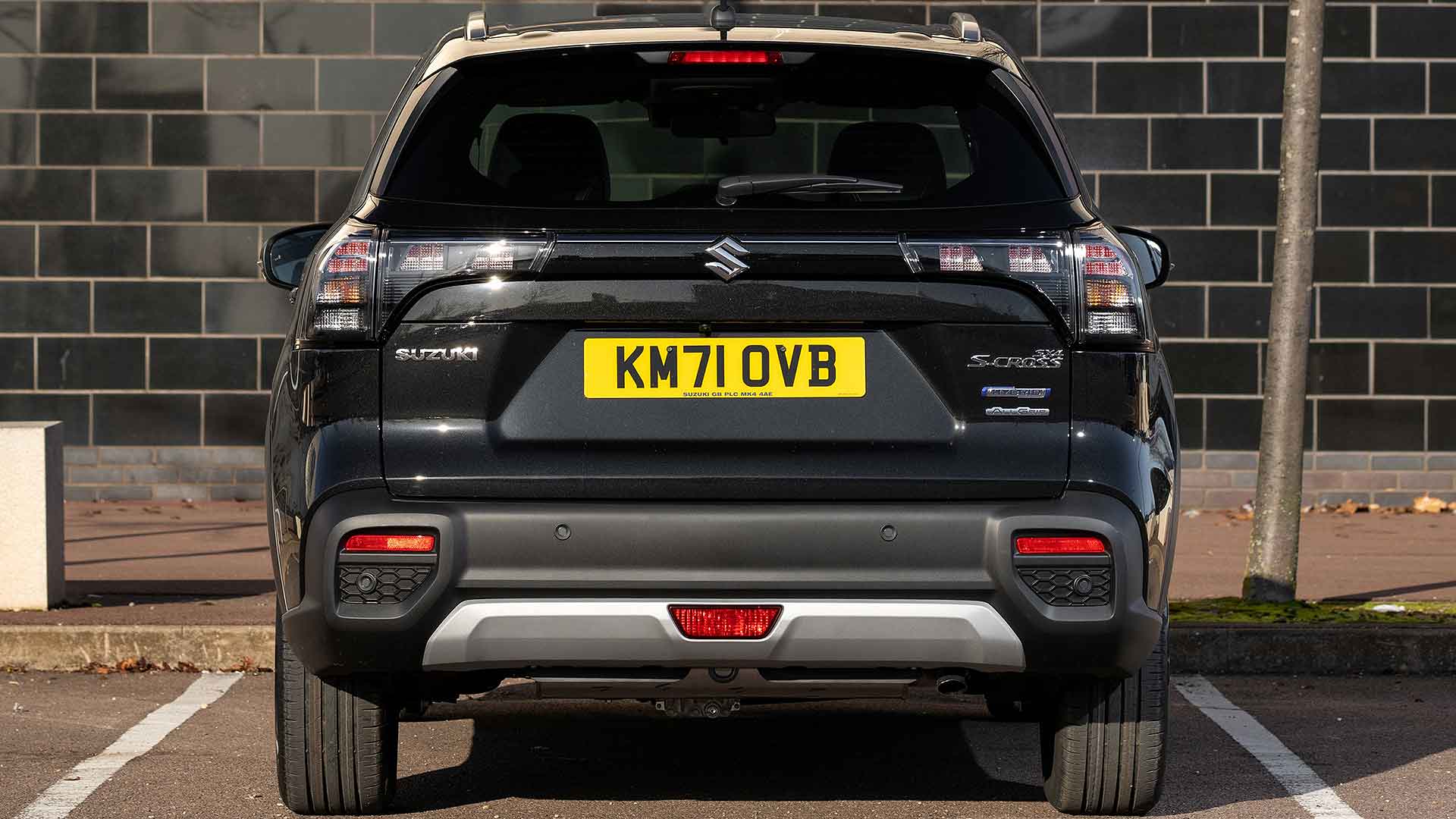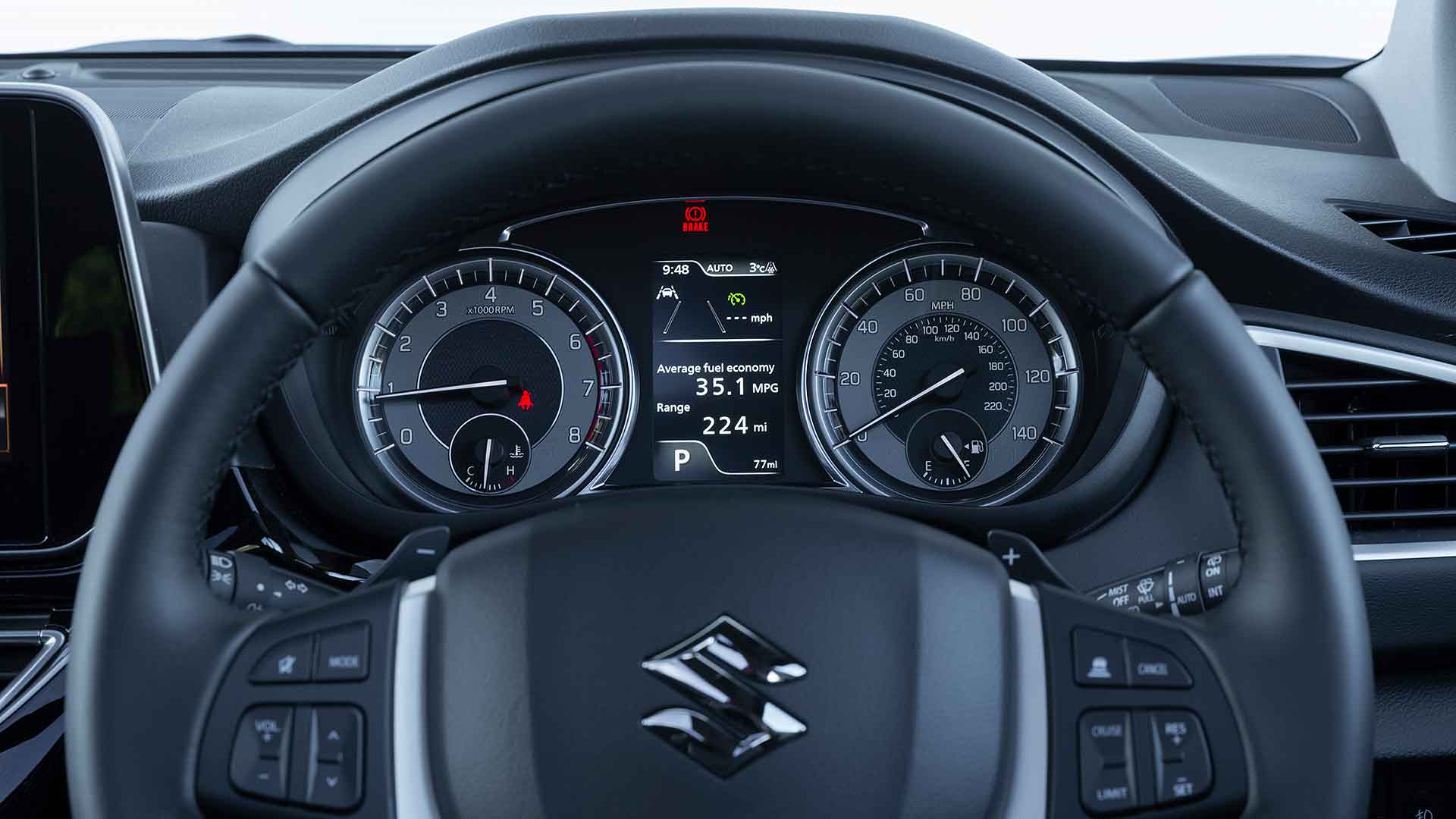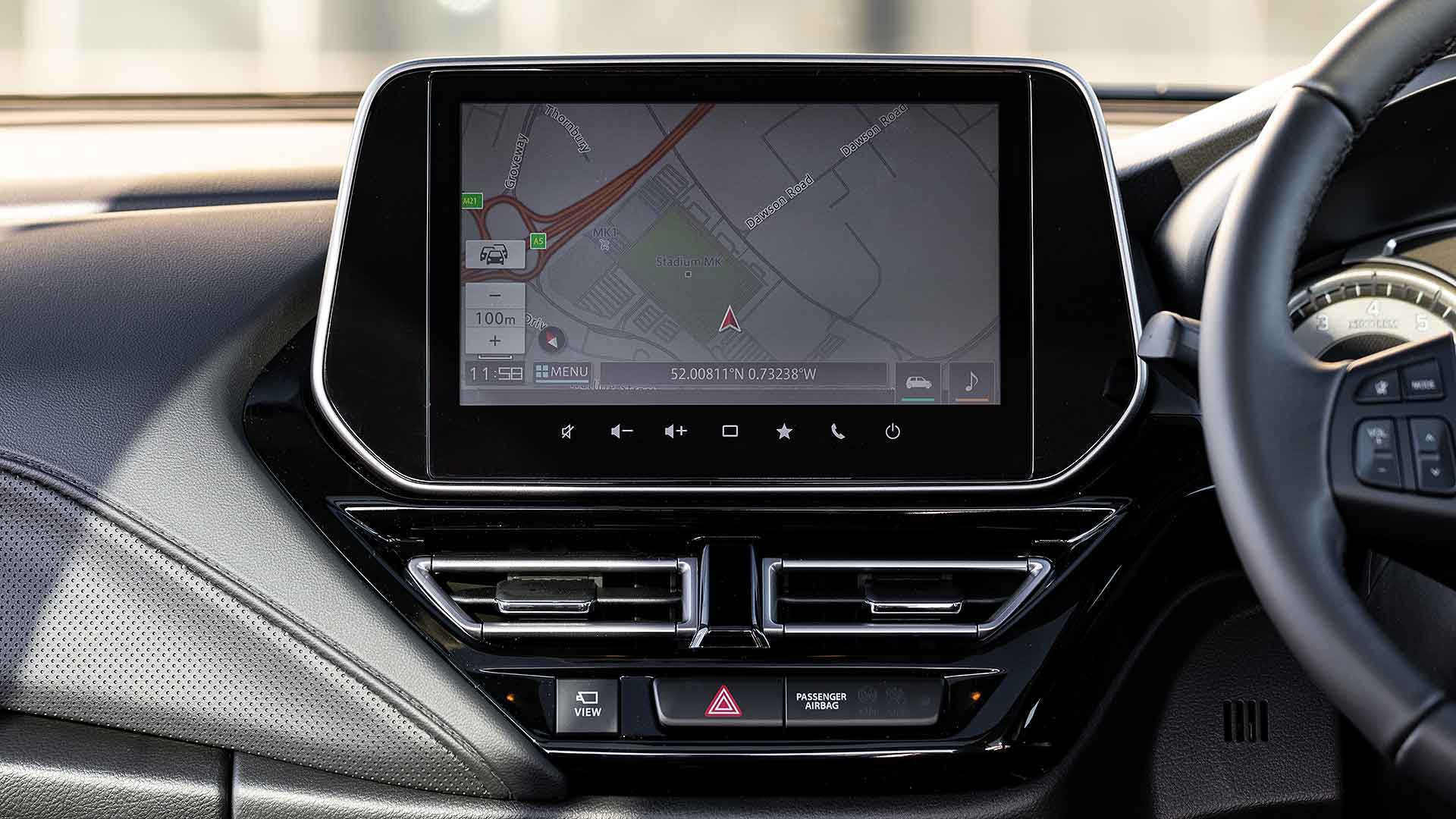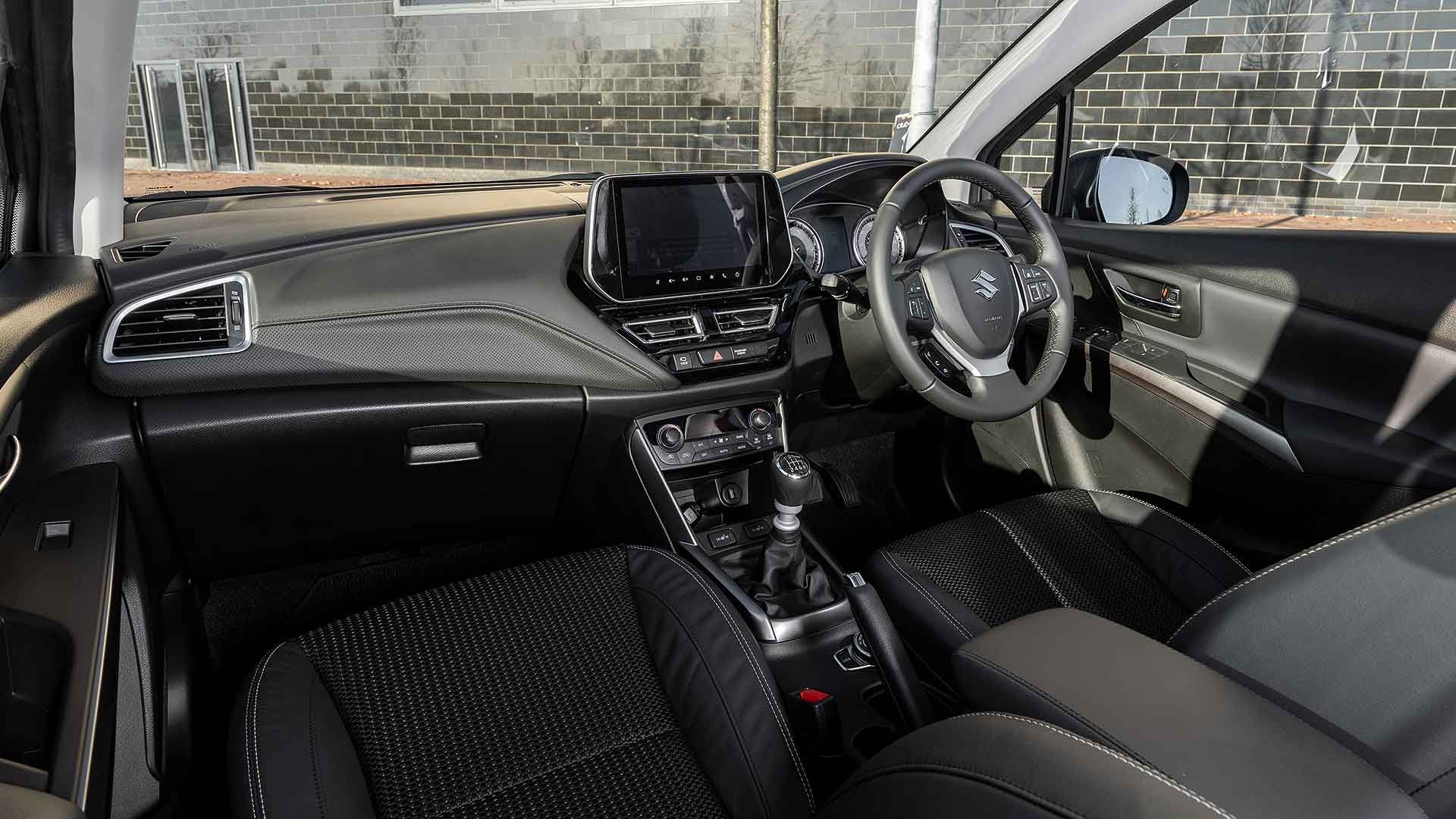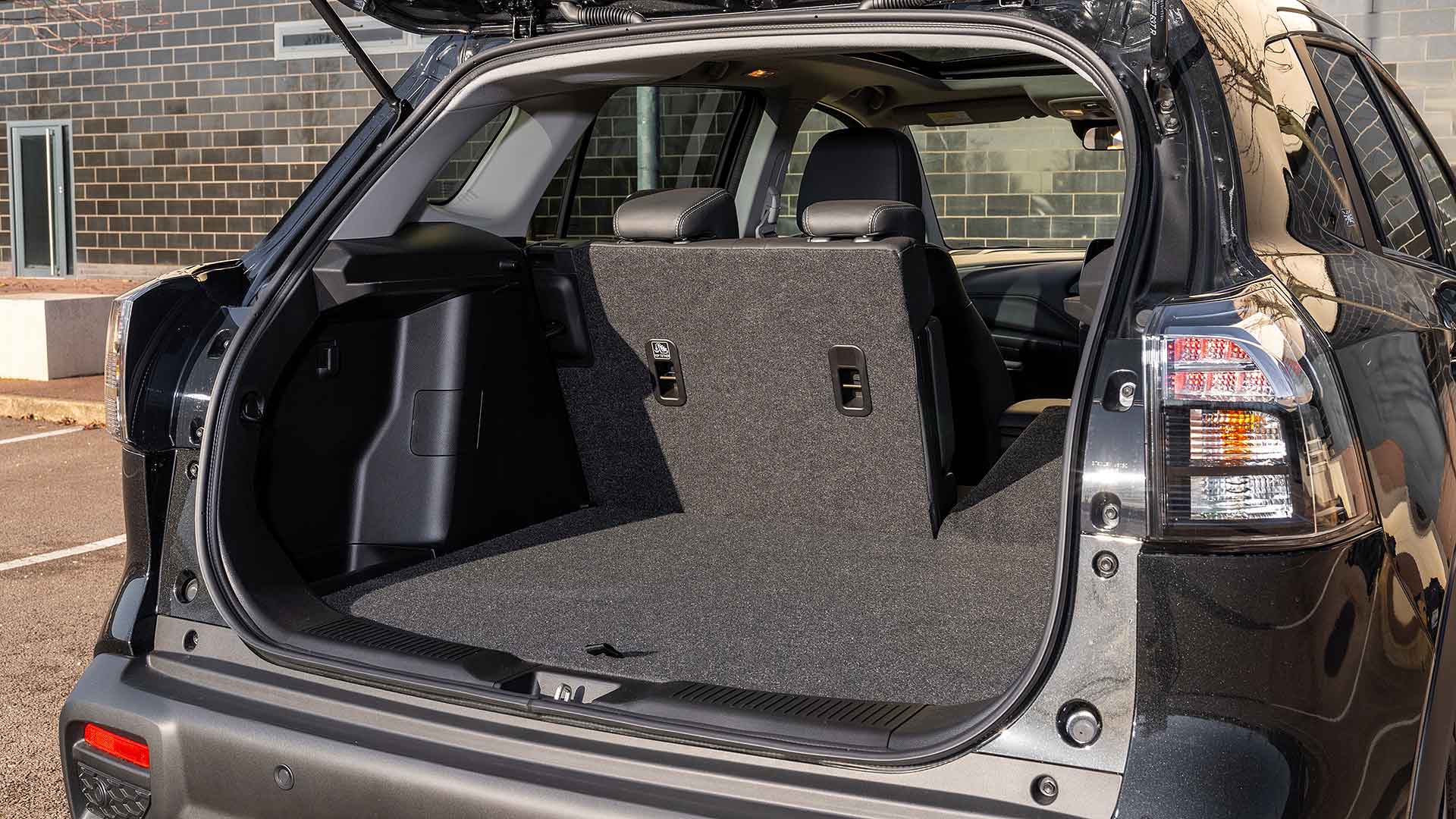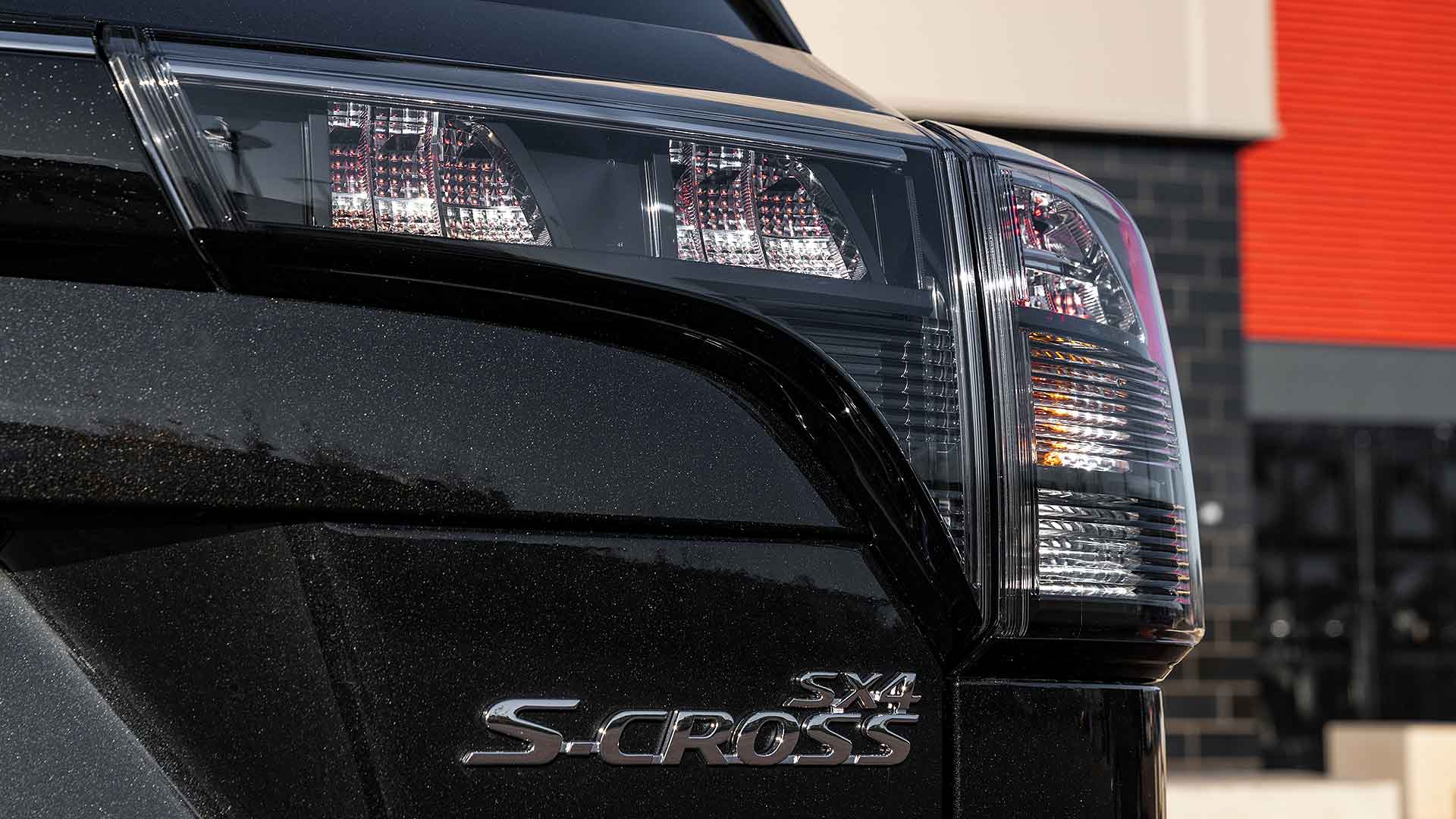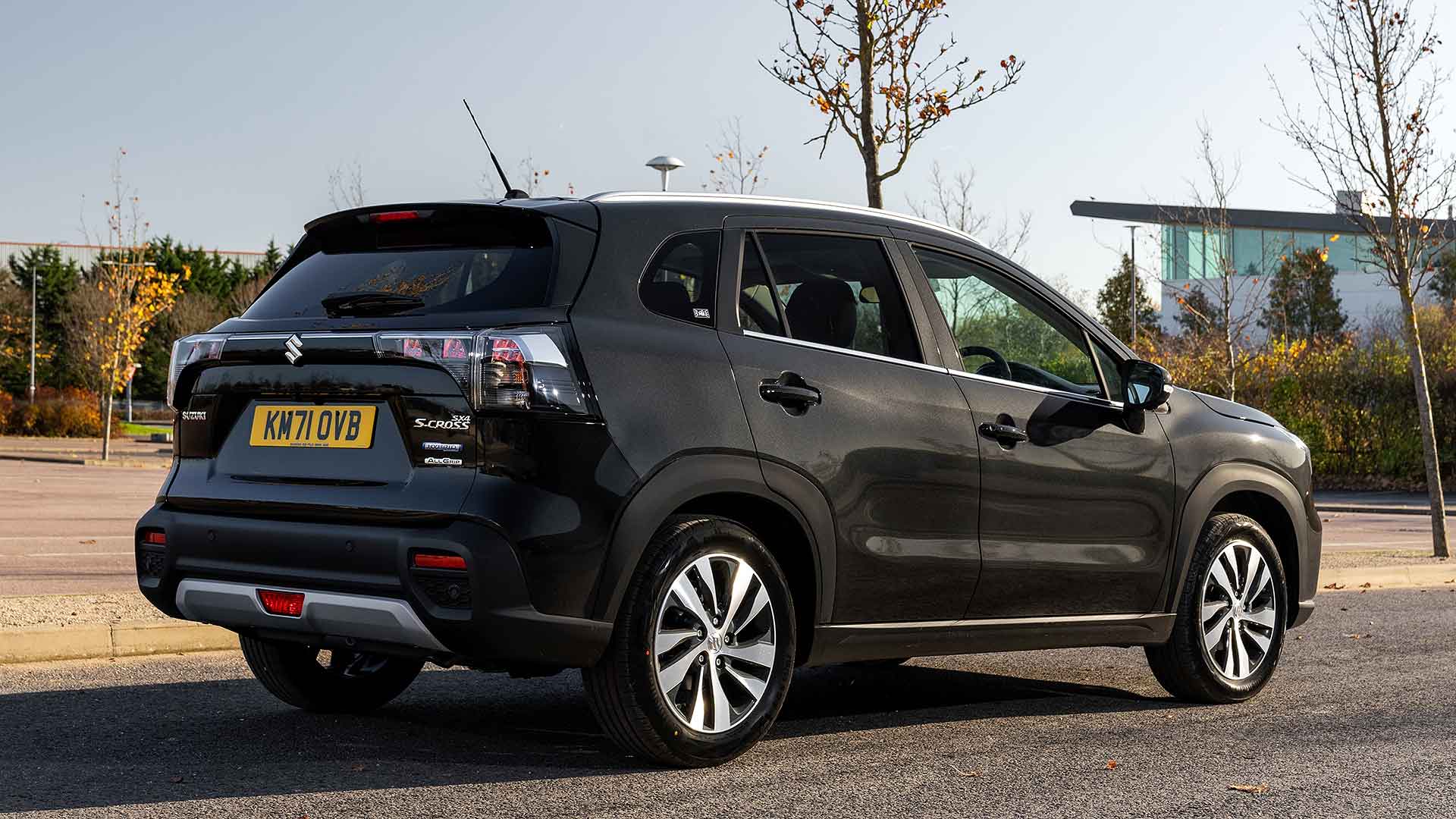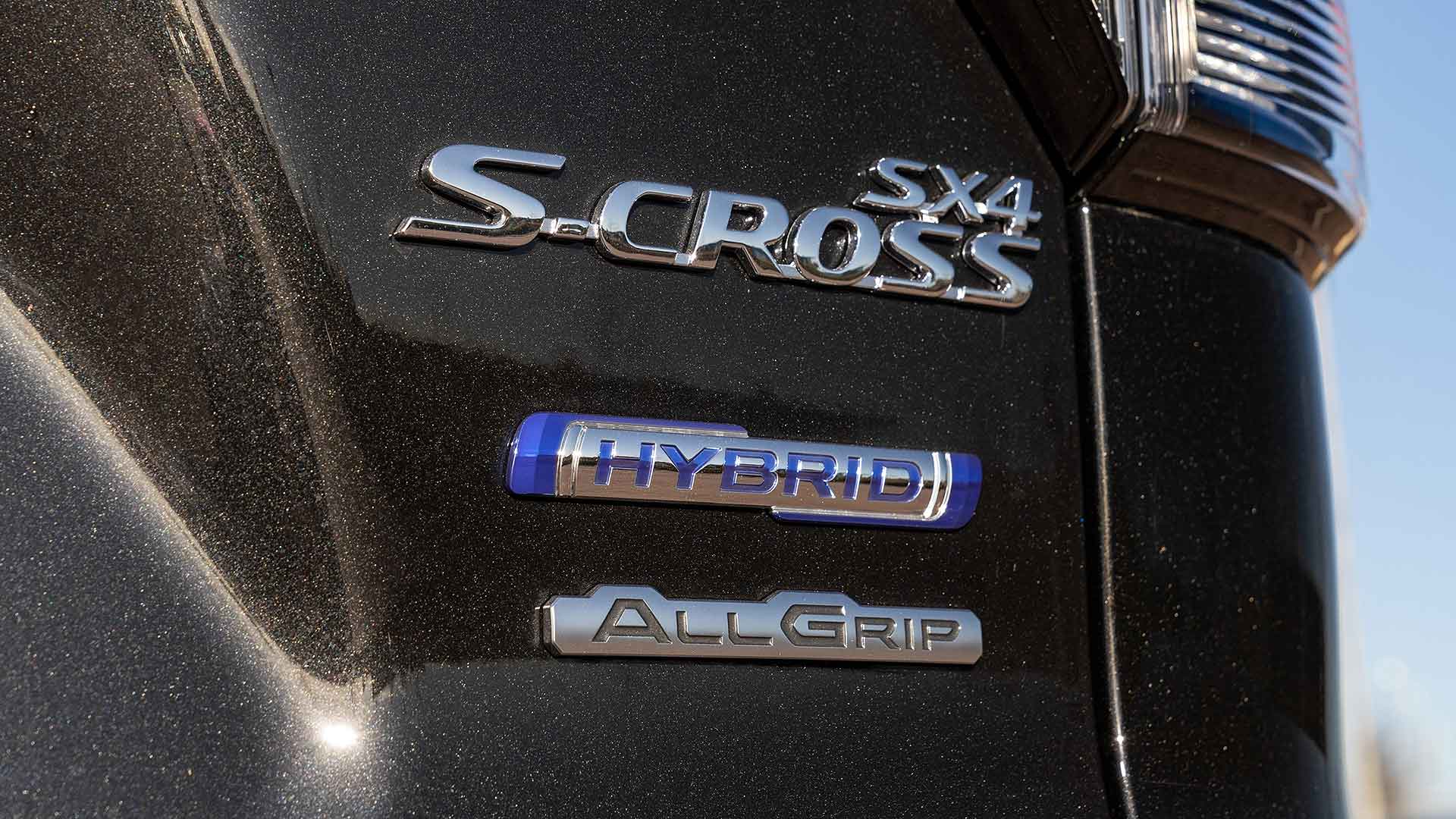Remember how the original Nissan Qashqai caused a stir as the world’s first crossover SUV? Look back at one now and it’s more a case of ‘raised-up hatchback with black plastic bits’ than ‘shrunken 4×4’. Indeed, every Qashqai since has become progressively more SUV-like.
Now it’s Suzuki’s turn. The previous SX4 S-Cross always seemed a little confused about what it actually was. A name change part-way through its life, where it lost the ‘SX4’ bit, only underlined this.
Customers responded in turn by making the Suzuki Vitara – a proper SUV – the firm’s best-selling car.
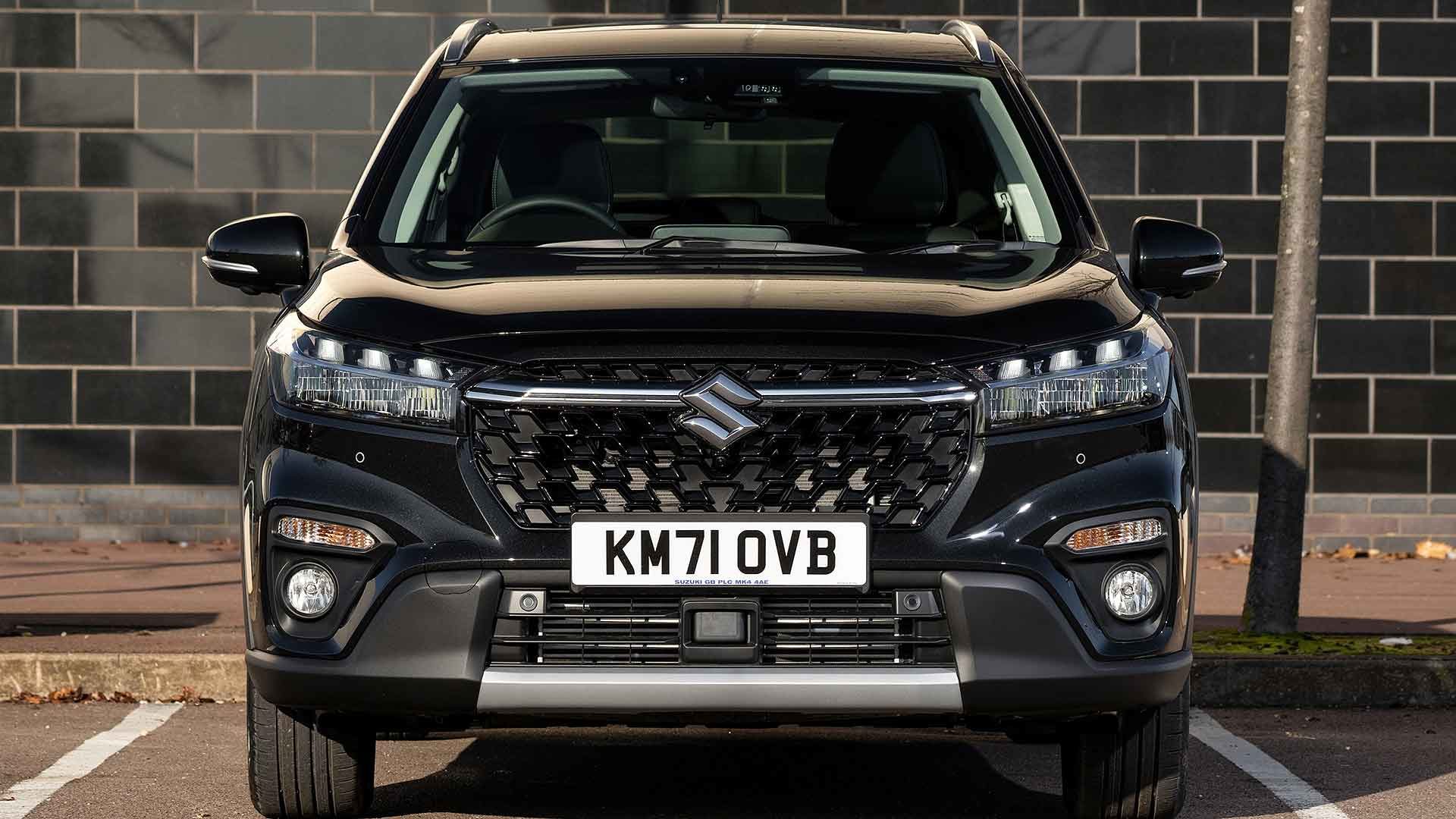
For 2022, Suzuki wants to balance things out: still sell as many Vitaras, ideally, but bolster the mix with far more of this updated S-Cross.
In a world of semiconductor shortages and long lead-times, the company even promises excellent availability for the new S-Cross, thanks to plenty of forward planning.
To simplify the buying process, the previous ‘SX’ trim lines are no more, replaced by Motion and Ultra. The claim is that neither is an entry-level grade: Motion has lots of kit, while Ultra has even more.
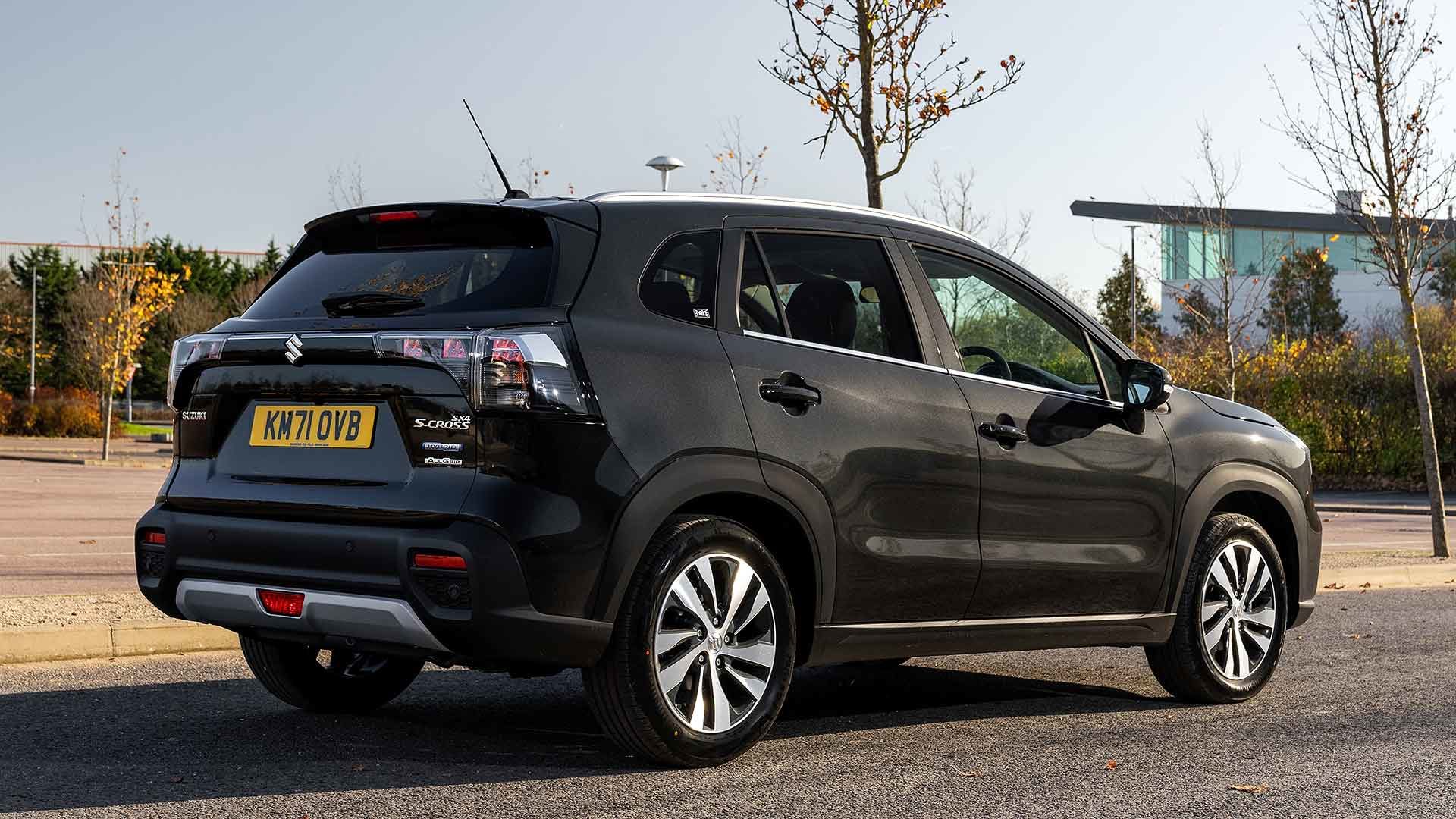
The spec sheet bears this out. All versions of the S-Cross, which costs from £24,999, come with 17-inch alloys, a 7.0-inch touchscreen with Apple CarPlay and Android Auto, keyless entry and start, all-round parking sensors and a rear camera, dual-zone climate control and a comprehensive haul of safety assistance tech – including blind spot monitoring and traffic sign recognition. A basic Nissan Qashqai costs £24,500 and you don’t even get alloy wheels as standard.
What more can you add to the S-Cross? On Ultra, it’s leather upholstery, a larger 9.0-inch touchscreen with built-in sat-nav, 360-view parking camera, opening panoramic roof and Allgrip on-demand all-wheel drive. This is the version I drove, priced from £29,799 or, with the automatic gearbox on my test car, £31,149.
Having the choice of manual or auto with either front-wheel drive or all-wheel drive is quite rare these days, says Suzuki, so that’s another good selling point.
Suzuki says it has benchmarked the S-Cross against cars such as the Peugeot 3008, Hyundai Tucson and Kia Sportage, as well as the aforementioned Qashqai. We faced the full force of Storm Barra to drive it.
Driving the Suzuki S-Cross
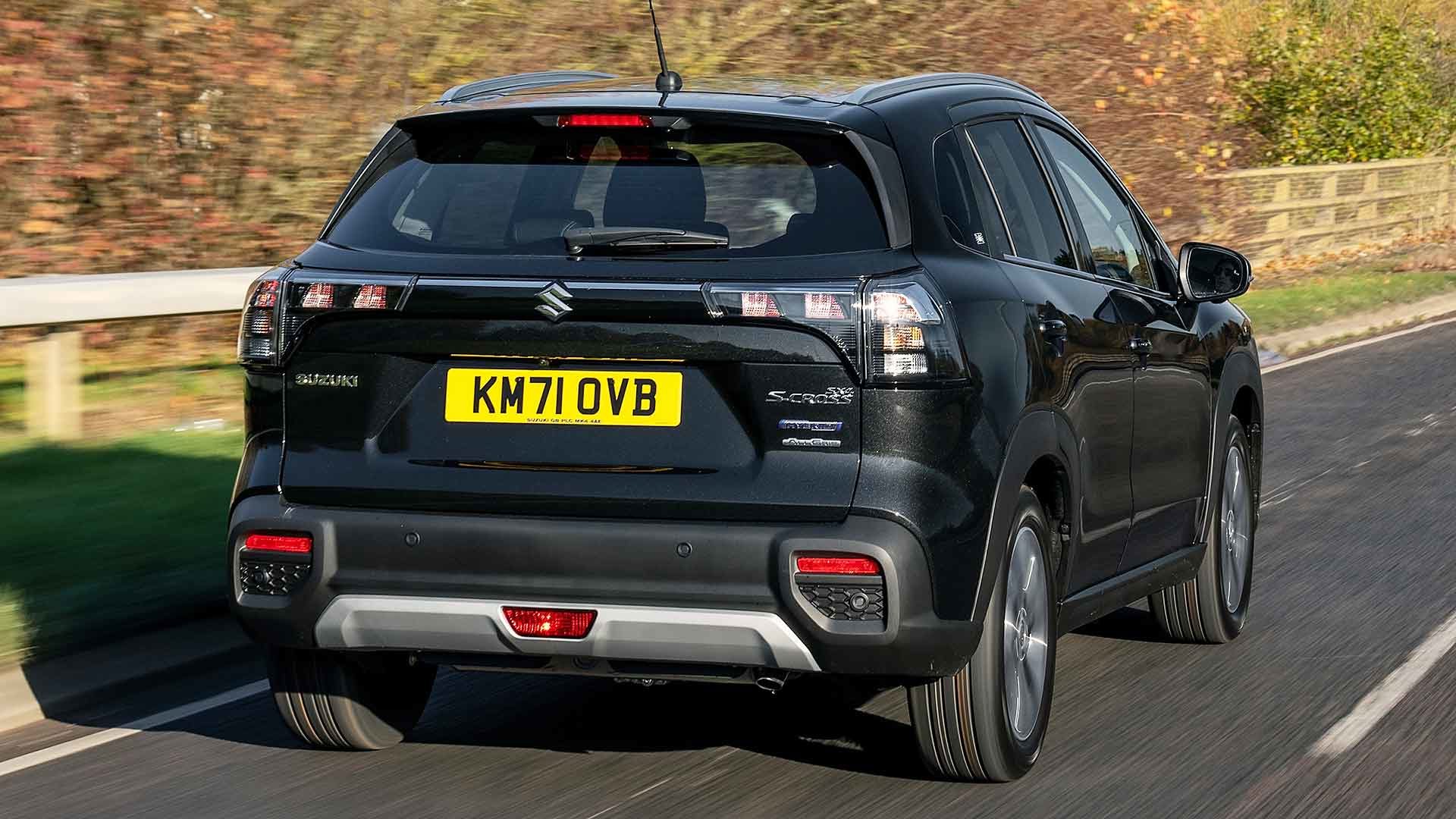
It does look much more distinctive in the metal, particularly the front with its bold grille and piercing LED headlights. The rear partly resembles a Volkswagen T-Cross, but that’s probably no bad thing. Suzuki only lets you choose from six colours, mind.
The interior is more dated. It’s largely carried over from before, and while it’s precisely built, it’s also a bit plasticky. At least you get buttons for climate control and the like, which isn’t a given these days.
You can’t get a diesel engine with the new S-Cross: the only choice is the 1.4-litre Boosterjet petrol, which features a 48v mild hybrid system and 129hp output. Granted, that sounds a bit meek, but a relatively light kerb weight helps the Suzuki clock 0-62mph in as little as 9.5 seconds – a front-running figure for the class.
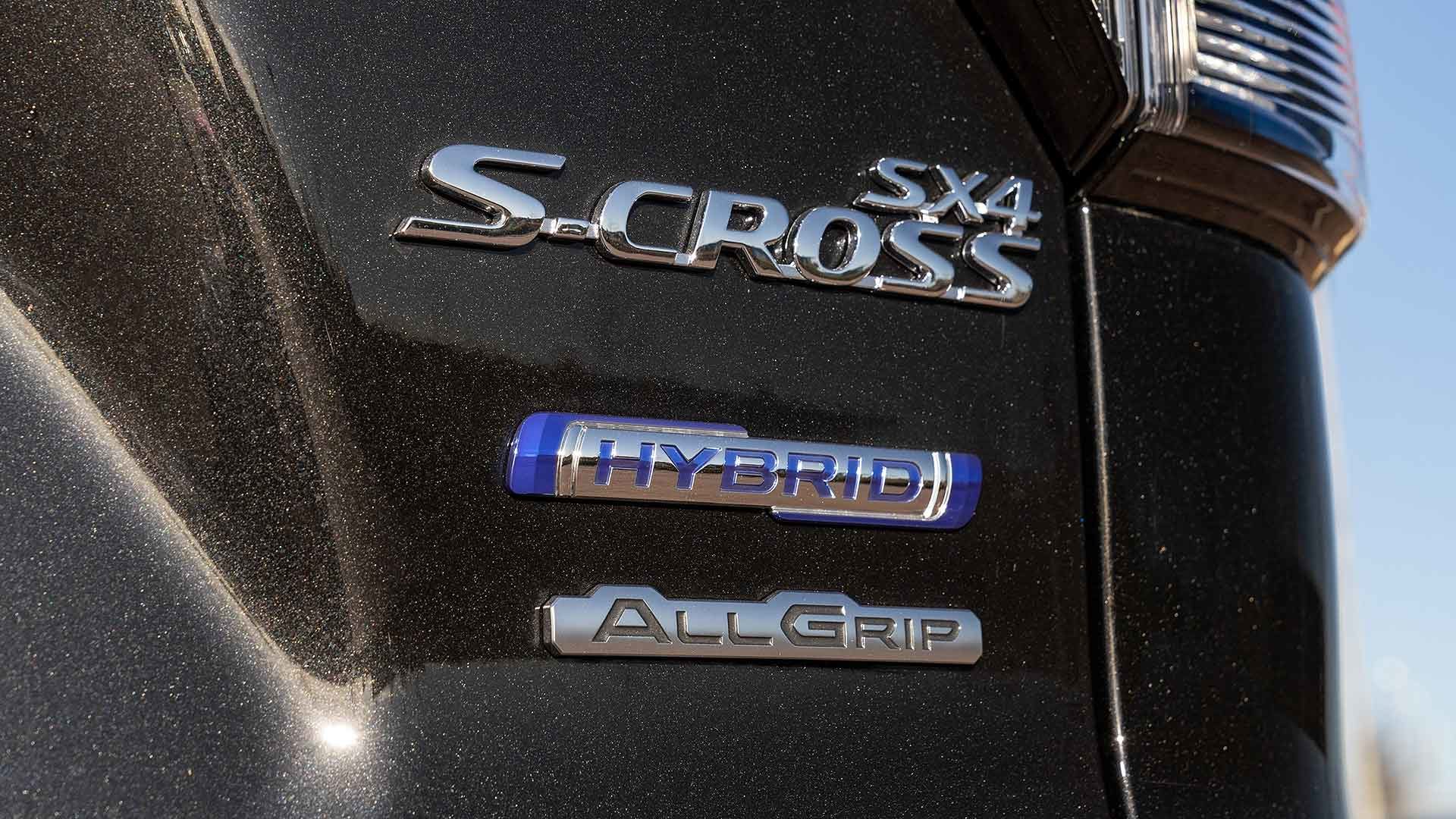
It’s a nice enough engine: a bit thrashy at higher revs, but the eco-minded automatic is ever-eager (at times, frustratingly so) to change up early, so you may rarely notice this. The mild hybrid system delivers a noticeable boost in pulling power in everyday driving, which is satisfying and helps save fuel: I averaged nearly 46mpg on my test-drive.
It also means the engine cuts out as you come to a halt – and there’s no starter motor whirr when you set off again. The most discreet form of engine stop-start.
The S-Cross itself is undemanding to drive, with light (albeit artificial and mushy) steering, plus soft suspension that doesn’t crash into potholes. It cruises quietly and feels more substantial than before, although it does move around on its soft springs when you encounter crosswinds at speed.
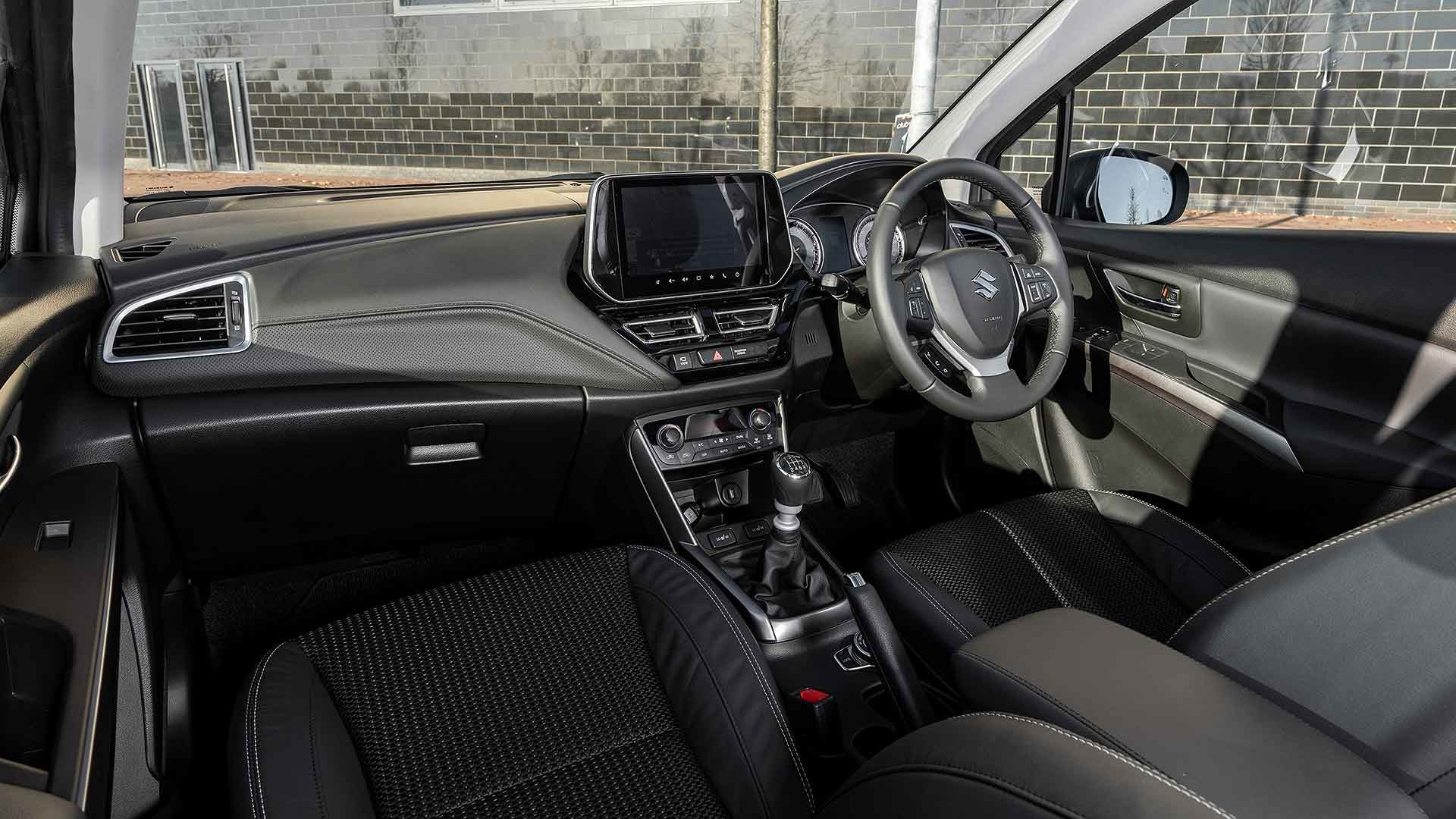
Inside, there are some obviously dated aspects. A manual handbrake feels archaic in 2021, and instead of steering wheel buttons for the trip computer, you have spindly stalks poking out of the instruments – themselves dated-looking.
Suzuki does seem proud of its new 360-degree parking camera, though: it’s even crafted a dedicated camera button on the dashboard to turn it on.
The driving position feels more SUV-like than before, with the driver getting a good view over the tall bonnet, and deep side windows helping left-to-right visibility. It’s family-sized in the rear and the 430-litre boot is notably bigger than family hatchbacks such as the Volkswagen Golf, if still some way off a Qashqai. The two-stage boot floor is handy as well.
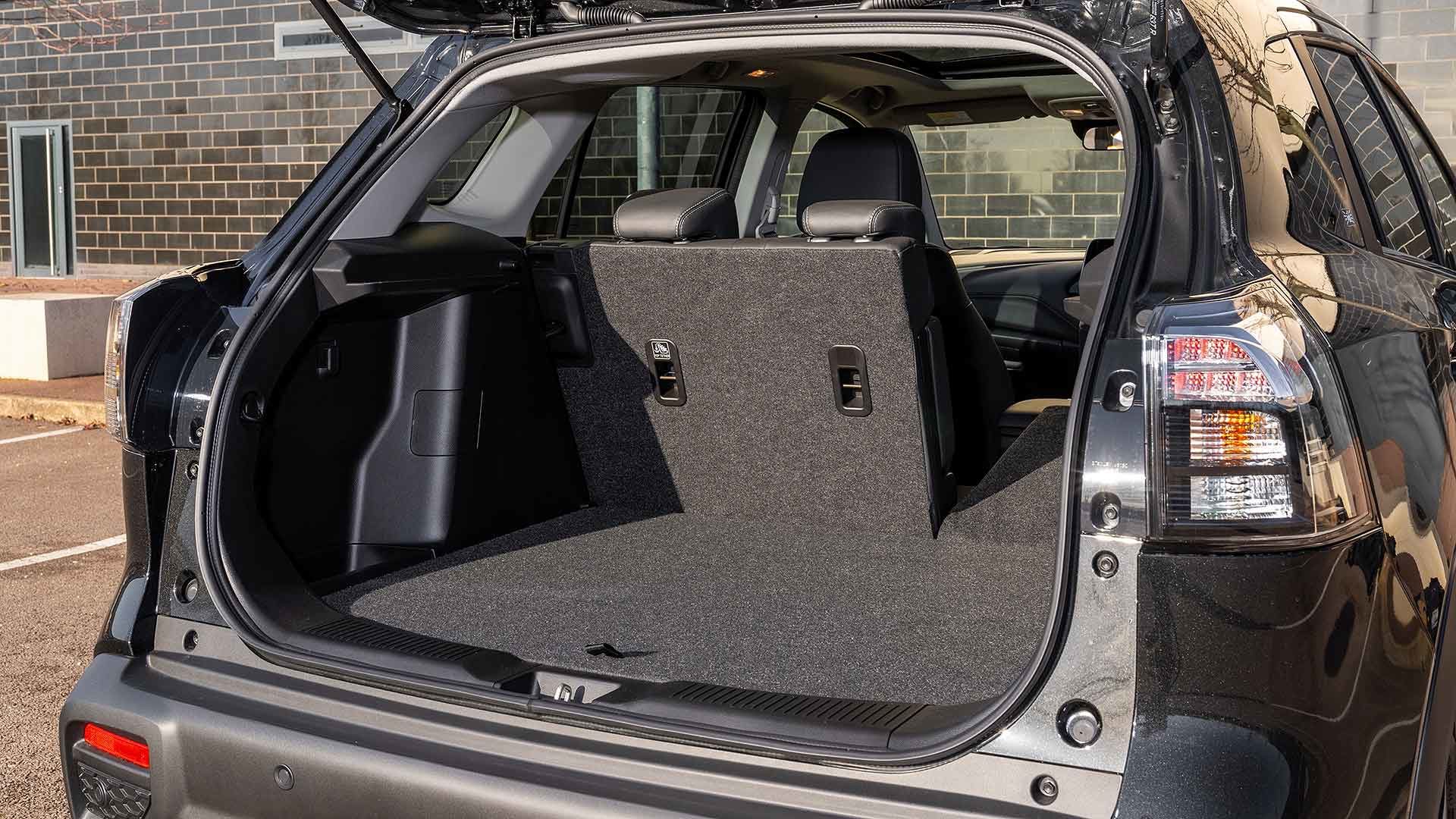
As for the Allgrip all-wheel-drive system, it’s a compliment to say I hardly noticed it. That’s because default mode is front-wheel drive to save fuel; only when it detects slippage, such as that induced by drenched roads during Storm Barra, does it send power rearwards. By doing this, it keeps things calm and settled: I’d have noticed more activity had it not been fitted.
There’s a Sport mode, which seems inappropriate for this sort of car, and a Snow mode that defaults to all-wheel drive, which certainly doesn’t. You can even lock the system, via a limited-slip differential, to help you get out of deep snow, mud or sand.
Maybe the stormy conditions swayed me, but it certainly seems sensible to choose Allgrip if you can afford to. Think of the money you’ve saved on the rest of the S-Cross.
Suzuki S-Cross: Verdict
The revised Suzuki S-Cross has finally become a car worthy of real-world consideration. It’s not one that knocks rivals such as the Qashqai or 3008 for six, but it’s nevertheless a more competitive proposition alongside them. Particularly with added value on its side.
That you can buy it from a network of dealers that are among the nicest and most highly-rated around is another bonus. Value-seeking crossover SUV buyers could do a whole lot worse.
ALSO READ:
Best family SUVs to buy in 2021
Volkswagen Golf Estate Alltrack 2021 review
Car dashboard warning lights: what do they all mean?
Rivals: Nissan Qashqai, Skoda Karoq, Hyundai Tucson
